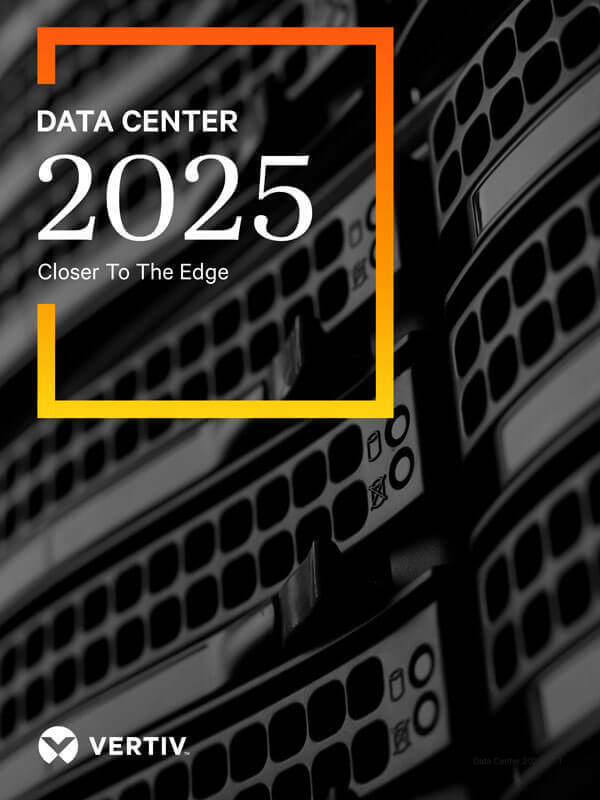It’s no exaggeration to say that uncertainty remains something of a new global currency. What does this all mean for IT infrastructure behind the edge computing revolution?
When we reflect on the impact the pandemic has had on the tech landscape, we have to acknowledge how 2020 highlighted just how central digitisation has become – both in commerce and our day-to-day lives. What did we do before Microsoft Teams and Zoom, WebEx and Skype? And what role do we foresee digitisation playing in the future?
According to an IDC Buyer Poll , across five European subregions and five vertical sectors, the impact of COVID-19 on certain corporate IT Investments was likely to be positive. Over 50% of respondents, for example, said this about Collaboration Tech.
On the other end of the spectrum, we are seeing resilience in the form of innovative tech. In March, IDC published its forecast for how ICT spending vs GDP would be affected, measured by YoY growth. According to its estimates, Core ICT spending will be hit worse than in the 2008 global recession (“Core ICT Spending” excludes new Innovation Accelerator technologies like IoT, robotics, AR/VR and 3D printers) but that overall ICT spending (which does account for these technologies) will be less affected.
Against this background, we’re seeing some key trends accelerating in the IT infrastructure buying landscape, most notably the accelerated move towards Edge computing.
Notoriously hard to define, the network Edge is in fact at least three things. There is Legacy Edge, which is enterprise owned compute being shifted to colo and public cloud; Geographic Edge, which supports the one-way flow of data from primarily content distribution networks; and Dynamic Edge, which supports the two-way traffic of data we have seen following the explosion of new IoT devices mainly in urban locations.
The Home Office Is The New Network Edge
One effect of the pandemic is that the home office has become a network edge destination in and of itself. In light of the shift to remote working, edge computing will be one area in which will see an uplift as a result of the changed work practices. Indeed, more investment in Edge, such as in greater distribution networks, may have helped mitigate against some of the bandwidth issues we saw during lockdown.
Three Types of Network Edge; Three Opportunities for Growth
Legacy Edge presents a local compute opportunity to retrofit legacy apps not portable to the cloud. Geographic Edge in tier 2&3 cities (populations of 20,000 to 100,000) supports the data flow from content distribution networks, which will help alleviate bottlenecks when thousands of people are streaming video. Dynamic Edge supports the two-way traffic of data following the explosion of new IoT devices mainly in urban locations. This is going to require new types of data center capacity deployed closer to end users – most probably in the form of prefabricated, modular data center infrastructure for the reasons of speed and standardisation, and in many cases, the added assurance of factory tested reliability.
If that is what the macro picture looks like, why are customers spending at the Network Edge? Well, companies in a wide range of verticals are investing in digitisation to compete more effectively in their own markets, and much of this digitisation must happen near the user, outside of the ‘core’ data center space.
Scaling The Network Edge and Investing in The Core Data Center
To put some numbers to the opportunity, towards the end of last year, Vertiv published its whitepaper Data Center 2025: Closer to the Edge. Of the 800+ industry leaders Vertiv spoke to, 20% who have Edge sites anticipate the number of Edge sites they will support to increase by 400%.
In both core and whitespace, we see the same challenges of Scale, Speed and Complexity. Taking the network edge build out, where are customers looking for support? When you consider a customer with multiple Edge sites, each of them with low rack counts, but business critical nonetheless, speed of deployment across multiple sites in small quantities is critical for them to scale confidently. The deployment stage is important, however flexibility to customise in advance and have local support on the ground is a differentiator.
In core data center white space as well, opportunity abounds. According to from Q3 of 2019 – the Multi-Tenant Data Center (MTDC) total operational square footage is expected to surpass 200,000,000 square footage in 2023 – double what it was a decade ago.
Why are customers spending on “core” whitespace? Several reasons: so they can leverage economies of scale (real estate, infrastructure, expertise), often provided within colocation facilities; so they can reduce the costs of supporting an internal technical capability base; and so they can manage hybrid cloud architectures, covering a mix of “on-premises” and “off-premises” locations supporting their user base.
And in the core data center, too, there are challenges of scale, speed and complexity. The scale of rack count is anything from the 10s, up to 1,000s in dense strategic locations. Consider the compressed time frame that is needed to deploy a major IT infrastructure roll out, typically over a weekend.
Channel partners help their customers navigate these challenges by combining their expertise with experienced strong vendors. Critical IT Infrastructure as the foundation of any reliable facility requires more than simply the components of racks, PDUs, UPS, cooling and remote management, it needs a flexibility of approach from vendors who can deliver high volume standardized products, anywhere to engineered-to-order solutions with service personnel everywhere.
Reflecting on where we are in 2020, what is clear is that investment in digitization is unabated. During recent months, technology and IT have stood out as the new backbone of our society, keeping people connected and businesses going. While these digitisation trends are not new, we have been catapulted forward fast where everything digital has now become essential. Businesses and institutions that want to tackle the digital opportunity need to start reviewing their critical infrastructure today, and Edge computing will definitely play a leading role.







